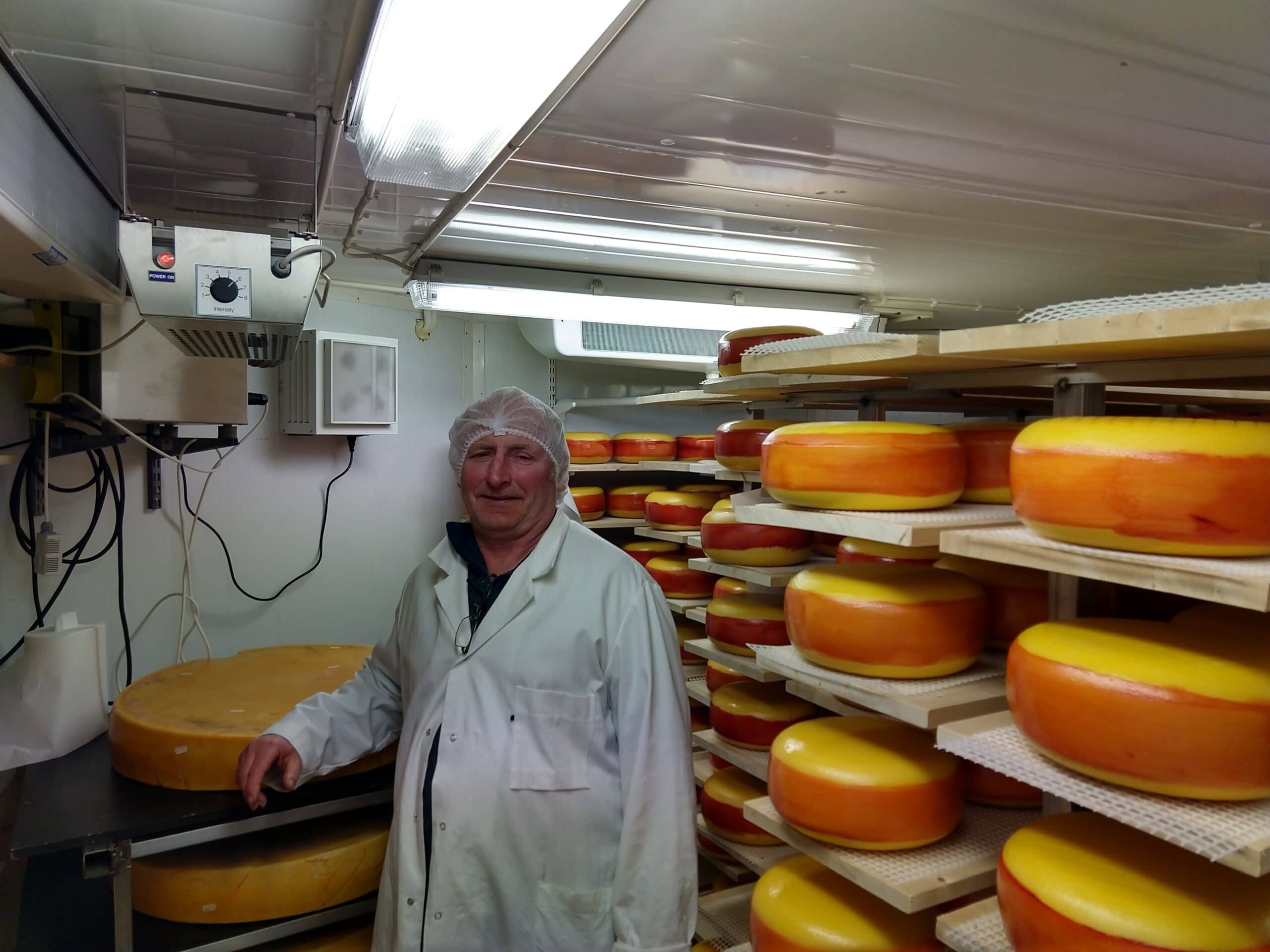Listeria spread in freezing/cooling tunnels and refrigeration evaporators
PROBLEM:
In the fishing industry, freezing/cooling tunnels and refrigeration evaporators are significant sources for spreading listeria in fish production. The challenges arise when the disinfection does not get into all the nooks and crannies sufficiently, so biofilms with listeria and other microbiology survive after the main cleaning has been completed.
A fishing company contacted us because it experienced that listeria spread quickly immediately after the main cleaning was finished, where the ice on the freezer ribs had thawed, and the conveyor belt and tunnel had been disinfected with chemicals. The problems arise when listeria and other impurities hide in roughness, corrosion and joints in the production equipment, enabling the listeria to survive.
As listeria is hardy to cold, and therefore, listeria in a residual coating can spread immediately after the main cleaning, when the entire cooling/freezing tunnel has been thawed and disinfected with chemicals. The air in refrigerant evaporators will then circulate listeria into the room and thus increase the risk of contamination of surfaces and products.
SOLUTION:
At FHS Scandinavia, we have extensive experience in preventing listeria from creating problems for food safety. We recommend three essential barriers to optimise hygiene, and the more of the three barriers you implement, the lower the risks of listeria. However, one can never entirely rule out listeria, no matter how many barriers are set up.
As a first step, we recommend decontaminating the air. With Airgenic ionisation pipes in the existing ventilation, the company ensures that the air becomes the ”cleaner” and not the ”carrier” of listeria. The ionisation process will quickly and effectively kill any bacterial or fungal colony that tries to multiply, no matter where they are in the room. The only condition for the disinfection to take place is that the decontaminated air is in the room. The air itself finds all the roughness, corrosion and joints in the production equipment, which is otherwise difficult to disinfect.
The next barrier against listeria is installing UVC light on conveyor belts and other critical surfaces that come into direct contact with the product. UVC also removes listeria in biofilm. Our partner for UVC pipes, Swiss SterilAir, has developed a UVC system specially designed for conveyor belts that must work under particularly challenging conditions (T2018). This measure ensures that the conveyor belt is continuously disinfected while production is running, and not only during a production stop and main cleaning. Antibacterial flooring can also be a crucial part of the solution in other companies.
RESULT:
The fishing company is extremely satisfied with the installation of both Airgenic ionisation pipes in existing ventilation and SterilAir’s UVC pipes, T2018 specially adapted conveyor belt. ATP samples have been taken for listeria in both ventilation and on the conveyor belt/cooling tunnel, documenting that listeria has been eliminated – both in the short and long term. The listeria bacterium does not develop resistance to ionisation and UVC light, and the UVC light kills bacteria in biofilm.
For the fishing company, the primary problem of listeria spread has been solved, and food safety has been significantly improved.









